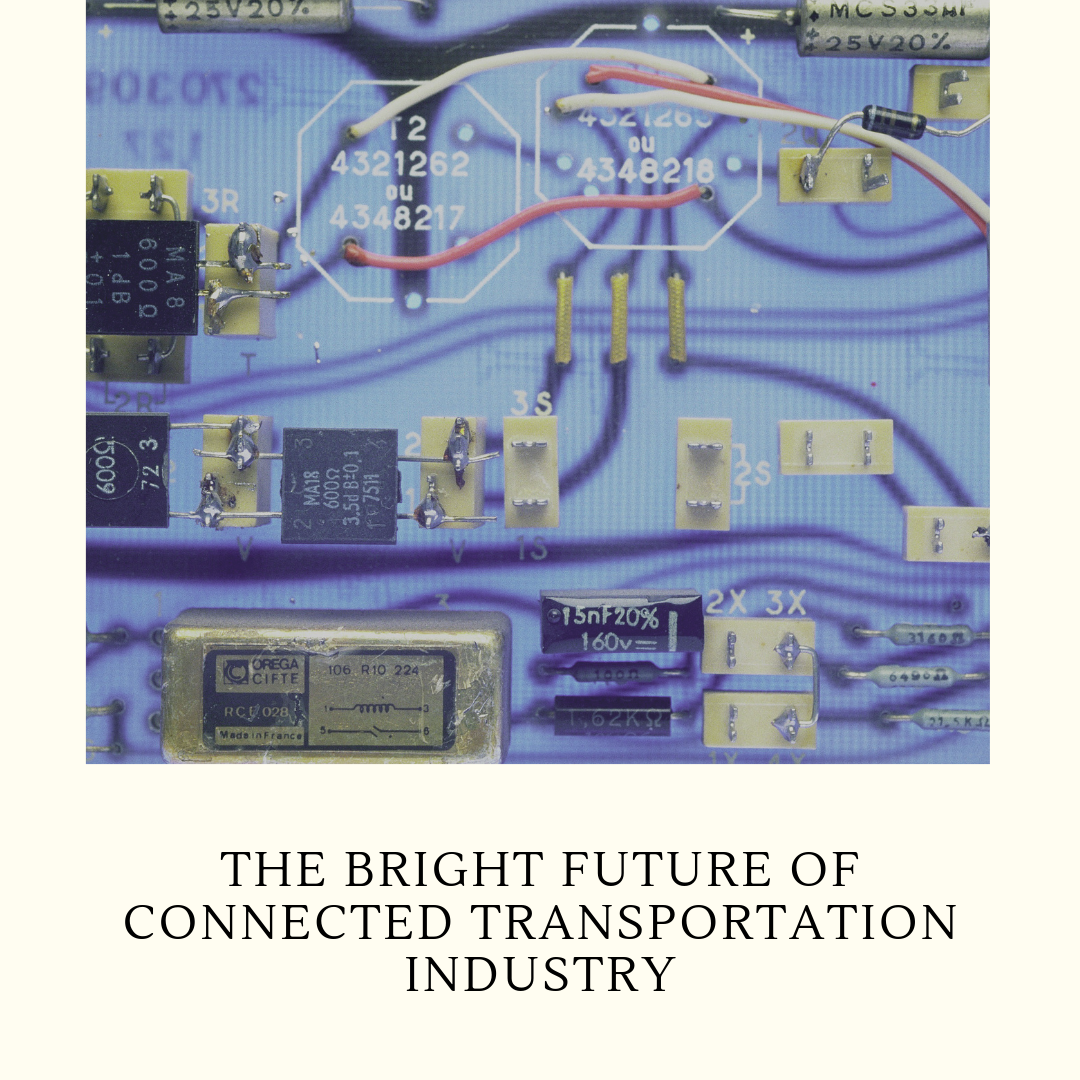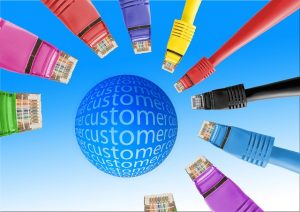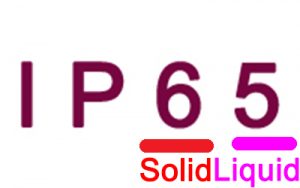

With the recent developments in technology, Bryan Mulligan recently introduced a panel on the Future Connected Transportation. With this in mind, the panelists that were able to explain the real-time data that can effectively improve safety and mobility on the road, currently represented the the Colorado Department of Transportation (CDOT), Panasonic USA, and the Ford Motor Company. Currently, these companies who have collaborated on the vehicle platform were able to save several lives in the stretch of I-70 from Golden to Vail.
In this standards, Mr. Mulligan theorized and the panelists has finally agreed, that they will play a very important role in connection with the transportation industry. According to the government’s role in this plan however is changing. Together with the evolution of different roadway infrastructure, from concrete to one that uses information & communication technologies, there is a changing dynamic that enables different governments to effectively set goals, objectives, and outcomes. With this, the private sector successfully chose the set of technologies and methods to make this come true.
With this in mind, Amy Ford said that the “Data is the new concrete.” It was observed through her comments that he refers to Colorado’s innovative RoadX system that will help them improve driving, safety, and navigation apps by utilizing real-time data.
With this in mind, Ms. Ford envisions the improved, smarter systems increased in infrastructures. In the forms of ramps and gates that can help in the improvement of flow of traffic that can lessen the demand for the additional lanes. The original agenda of the guardrails is to “talk to” cars to prevent possible crashes and aid in finding the drivers who will possibly go off treacherous mountain roads. The smart pavement through a mountain pass in this example will initially alert the first responders once the vehicle leaves the road. Some of the future capabilities will include the inductive charging of some electric vehicles.
To further this prediction, in the future there will be autonomous and electric, Ms. Ford recently concluded. She wowed the audience by showing a documentary of the autonomous 18-wheel tractor trailer, Otto, on one of its one-time 120-mile beer haul from Fort Collins to Colorado Springs.
With this in mind, according to Kellen Pucher, “Today’s car hav e a lot to say.” As automobiles continues to move form analog vehicles to different data machines, the communication lines that are taking place between the vehicles and different infrastructure is constantly changing:
Vehicle-to-vehicle (V2V)— heavily depends on equipment inside vehicles
The Vehicle-to-infrastructure and infrastructure-to-vehicle (V2I/I2V)—depends on roadside infrastructure to support its systems
Vehicle-to-everything (V2X)—interacts within a tiered data environment
V2X is designed to increase roadway capacity, lessen crashes, decrease time spent in traffic, and decrease environmental effect by using wireless communications.



